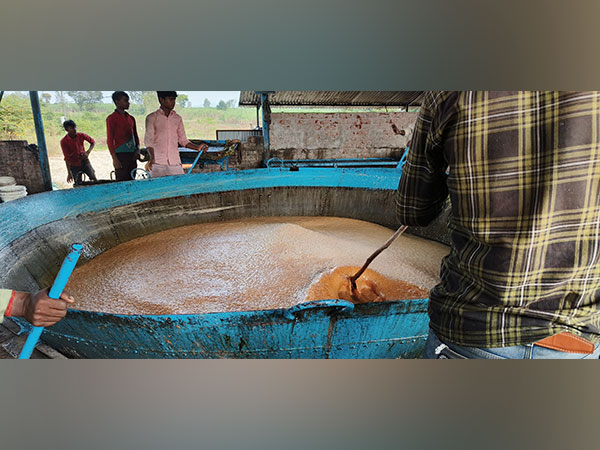The Sweet Struggle: Kolhapur's Jaggery Industry Battles for Survival
Kolhapur's traditional jaggery industry faces decline due to rising costs, labor shortages, and adulteration. Despite global recognition, the number of local units has dropped significantly. Stakeholders call for measures to protect authenticity and promote health benefits, with hopes for government support and brand endorsement from Prime Minister Modi.

- Country:
- India
Kolhapur, a city in Maharashtra renowned for its rich agricultural heritage, has been synonymous with its famed jaggery for centuries. Produced in areas like Arjunwada and Kagal, Kolhapur's jaggery is celebrated for its unique taste derived from the region's fertile soil, clean water, and conducive climate.
Despite carrying a Geographical Indication (GI) tag and enjoying global demand in countries such as the UK, USA, and Dubai, the once-flourishing jaggery industry in Kolhapur faces a slow but steady decline. Challenges such as rising production costs, labor shortages, and adulteration with sugar have contributed to this downturn. Additionally, a 5% Goods and Services Tax (GST) on packaged jaggery has further escalated costs, reducing both domestic and international demand.
Local producer Suyog Patil remarks on the drastic fall in jaggery units, now numbering between 100-150 from a former count of over 1,000. Patil calls for a crackdown on mislabeled jaggery from other states sold as 'Kolhapuri' to restore authenticity and pricing. There's also an appeal for government intervention, including incorporating Kolhapuri jaggery in school meal programs to foster new consumers and seeking brand endorsement from Prime Minister Najendra Modi to elevate the product's profile.
(With inputs from agencies.)
ALSO READ
Prime Minister Modi's Historic Journey: Strengthening Bonds Across Three Nations
Prime Minister Modi's Historic Visit to Nigeria: Strengthening Bilateral Ties
India-Nigeria Strategic Partnership Enhanced by Prime Minister Modi's Landmark Visit
Prime Minister Modi Receives Dominica's Top Honour
SIT Probes Adulteration in Tirumala's Sacred Laddu Prasadam










